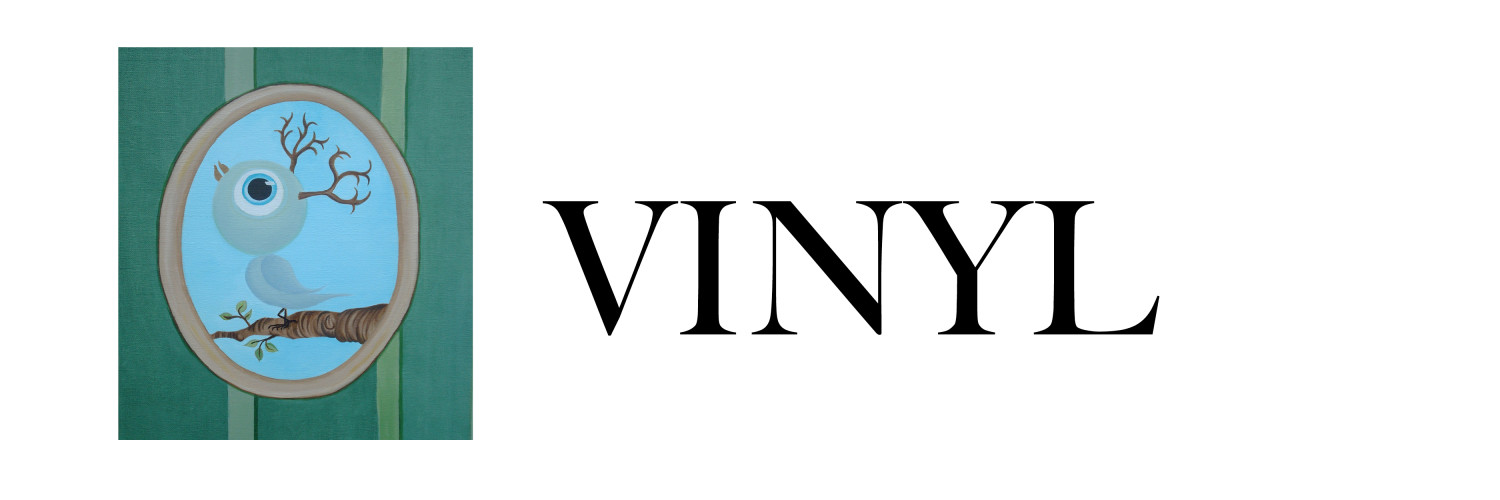Just the Odd Car Along the Waterfront
giving its noirish advice in the night . . .
In these early hours one can believe that one’s
been dead for a very long time. A hand will
displace the air around some object, words
will rise up out of nothing, time will fix its
dim eye on a given moment only long enough to
measure it against other, more distant, shapes.
This was the house. The house inside the room.
He’d merely nodded off for a spell.
Here there was no sound to rupture the sense,
to divide it up. It was trapped in the
too-logical margins of the page.
Of this page.
Now this page.
Monaural
Everything’s transcendence. It’s a problem.
Though I’ve tried to come back down, to be an animal again,
it doesn’t take: The afterlife’s a living shame.
So screw the demystification sleep is, the fulgent violence of it,
don’t fool yourself. Life’s still got you by the heart.
It’s the blood’s logic divining what
the constant ticker-tape narrative inside you left out.
Somehow the body’s gotten lost in Morse.
You mean to touch, but the fingers will only spell out
their little theory of descent. There are no new
disappointments to take apart, to disarm. That’s the thing.
All those years of resentment must have their nourishment,
they chew the icy shroud of your will.
It counts as industry: After the accident, my body
was so smashed up and brutally accurate, I was sure I’d never
find a single thought in my head again.
But you can always learn to think from scratch.
Overleaf
How to draw houses.
Always draw a red house whenever possible.
Pretend it is your mother’s house.
Poplars in the foreground are not recommended.
Yellow birch, however, are fine when drawn expertly—
and in moderation.
Birds of various feather are a pleasant addition.
I always say, why settle for one or two when you can have several?
Rain is an absolute no-no.
Try erasing much of the house without causing its collapse—
less is more, remember.
Hedges can be iffy. These should be kept out front.
Daylight is best suggested. (Didactic gestures, too, are extraneous.)
As a general rule,
You can achieve the right shading with a simple cross-hatch effect.
Terra cotta or clapboard? Choose accordingly.
Refer to line three in the case of dormers.
A view from the west is particularly striking for sea-level dwellings.
Choose fall: It’s more poignant.
You may draw from previous sketches for ideas.

Alban Fischer is the founding editor of Trnsfr and author of the poetry chapbook Status Area. He has designed over 150 books and journals for more than thirty independent publishers, including Curbside Splendor, YesYes Books, Tiny Hardcore Press, PANK, Bellevue Literary Press, and 826CHI. He lives in Grand Rapids, Michigan. You can find him online here.
